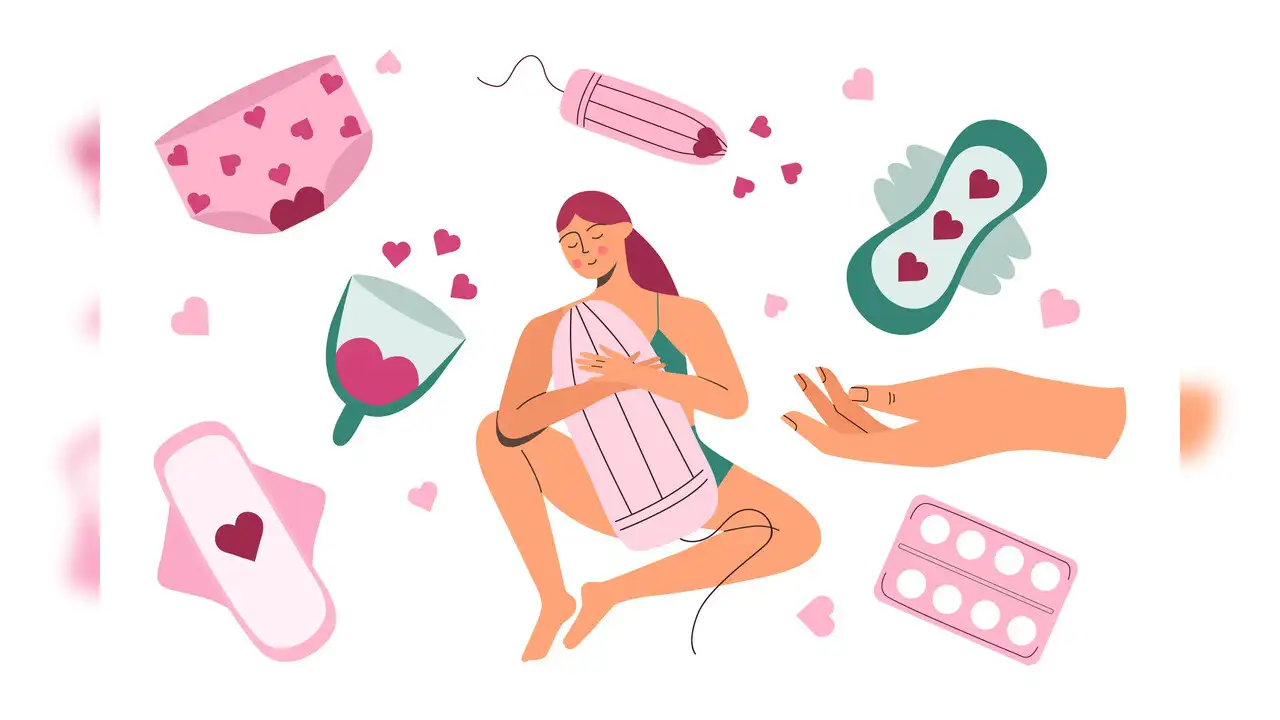
Menstrual options have increased, the stigma remains
Photo : iStock
When we talk about menstruation, we often talk about the cramps. The bloating. The irritation. We joke “Are you PMSing?” as if that explains away a woman’s anger, her tears, her silence. But what we don’t talk about enough is the mental toll. The exhaustion of pretending to be okay. The invisible labour of showing up, pushing through and not letting anyone see the strain.
A teenage girl sits in an exam hall, her mind racing with equations and anxiety. She shifts in her seat, feeling the heavy flow, silently praying that her pad doesn’t betray her. Is she being given a fair chance like her male peers? On paper, yes. In reality, she’s fighting a battle they will never understand.
A woman, hooked to her laptop at midnight, tolerated stabbing cramps while finishing a deck for a presentation she has poured her heart into. She will show up the next day looking put-together, she will smile, she will present but inside, she’s struggling and no one will know.
Because that’s what girls and women do. We minimise our pain, our discomfort and our needs. We have been conditioned to think our suffering should remain behind closed doors. A leaky pad? Shame. A tampon change on a long work trip? Inconvenient. A stained chair? Embarrassment. Painkillers? Pop them silently. Keep going. Don’t be seen as weak. Don’t be a burden.
This World Menstrual Hygiene Day (May 28), Mahina released a new report titled, “Beyond Blood: The Unseen Burden of Every Cycle.” The report shares what so many of us have carried in silence.
62% of menstruators admit they mask symptoms to appear ‘normal’
73% feel the hormonal and emotional waves but push them down
97% adjust their life in some way, every month
Nearly 3 in 4 women experience a week of disruption and hidden labour every cycle
Read that again. And ask why have we been expected to carry this alone?
Natasha Jamal, Founder of Mahina, puts it plainly - “For too long, the mental load of menstruation has been normalised and ignored. We have always talked about periods in terms of blood. But no one talks about the planning, the pretending, the emotional weight.” Pads, cups, tampons, period panties, these are not just products. They are choices every woman makes, often not in comfort, but in damage control.
Some use two pads at once to catch the flow. Some wince at the thought of inserting a cup. Some dread cleaning period panties because we have been taught to be disgusted by our own blood. Every choice comes with trade-offs and every woman is just trying to get through the day without her body betraying her.
1. Menstrual Pads
What works: They are easy to use, especially for beginners. Does not require internal insertion—non-invasive. Preferred by teens or those not comfortable with internal products. Depending on the flow, you have options for different pads.
What does not work: They can feel bulky or uncomfortable, especially in hot weather. They cannot be used during swimming and feel uncomfortable during high-intensity workouts. Can cause rashes, leaks or irritation if worn too long. The biggest con is lack of proper disposal and most pads are not environment friendly.
2. Period Panties
What works: They are reusable and eco-friendly. Looks discreet and feels like regular underwear. They feel comfortable and low-maintenance during light days. They are a good option for sensitive skin or allergies.
What does not work: Some may feel the initial cost is high but then the same panties can work for months together. It needs washing and drying and can be inconvenient when traveling. Some feel they may not work well for very heavy flows alone.
In favour of period panties, Natasha says, “It’s time we normalise seeing our blood, washing it clean, and honouring what our bodies go through. That’s how we reclaim power. That’s how we tune in.” Because whether it’s a pad, a cup, a tampon or a pair of period panties, it’s never just about the product. It’s about finally being allowed to feel what we feel. To stop hiding. To be seen. It’s about recognising that menstruation isn’t a problem to be solved. It’s a reality to be respected."
3. Menstrual Cups
What works: They are long-lasting (8–12 hours of wear). They can be reused for years, both eco-friendly and cost-effective. It can hold more blood than pads or tampons and are good for heavy flow. It is ideal for travel and active lifestyles.
What does not work: It requires learning curve for insertion and removal. It needs to be sterilised regularly. Not everyone is comfortable with internal use.
4. Tampons
What works: They are discreet and easy to wear under any clothing. Works well for swimming or sports. They are available in various absorbencies. Preferred for active days or special occasions. Popular for those used to internal options.
What does not work: The biggest is the risk of Toxic Shock Syndrome (TSS) if left in too long. It may cause dryness or irritation. Not always easy for first-time users.
